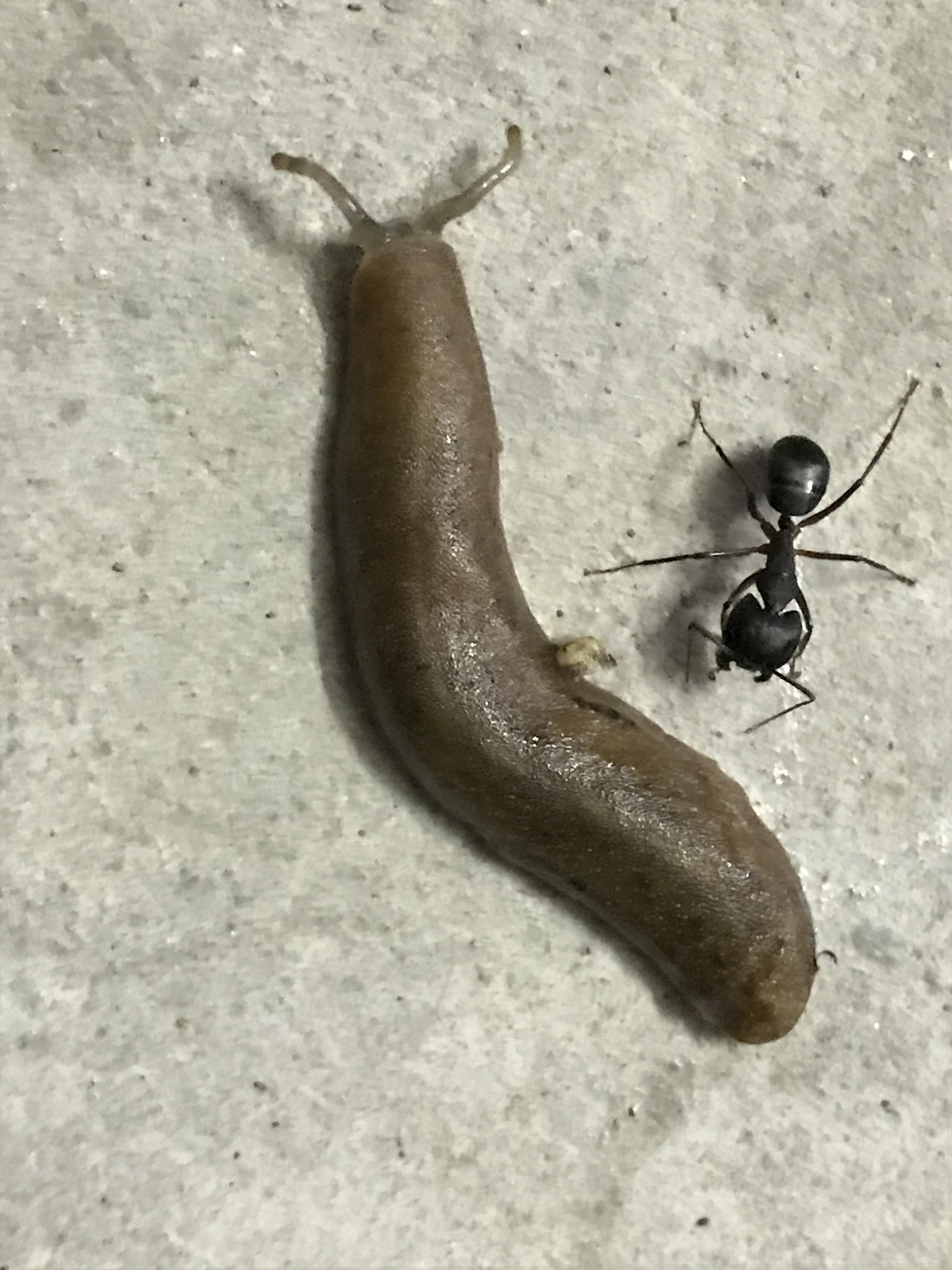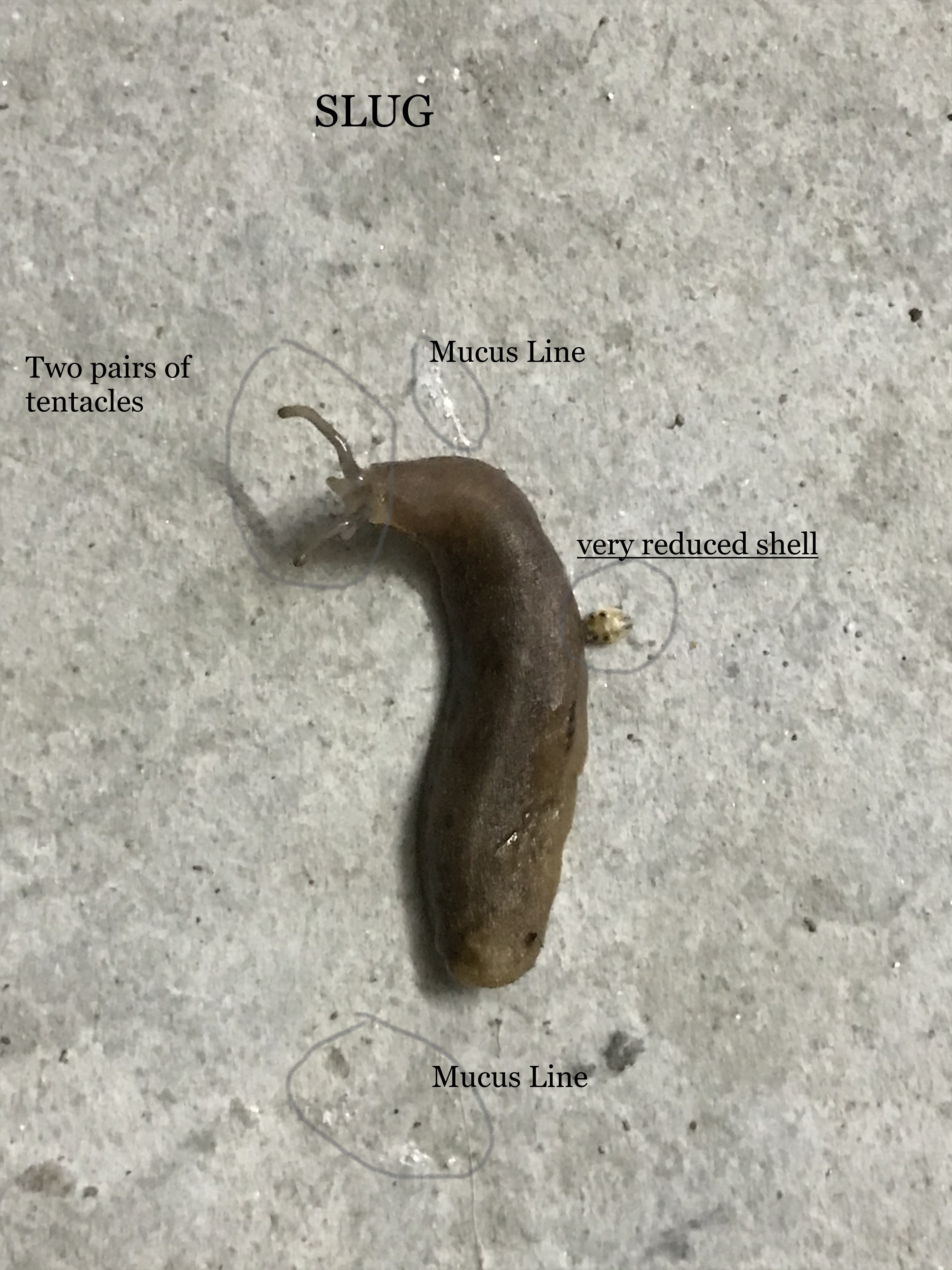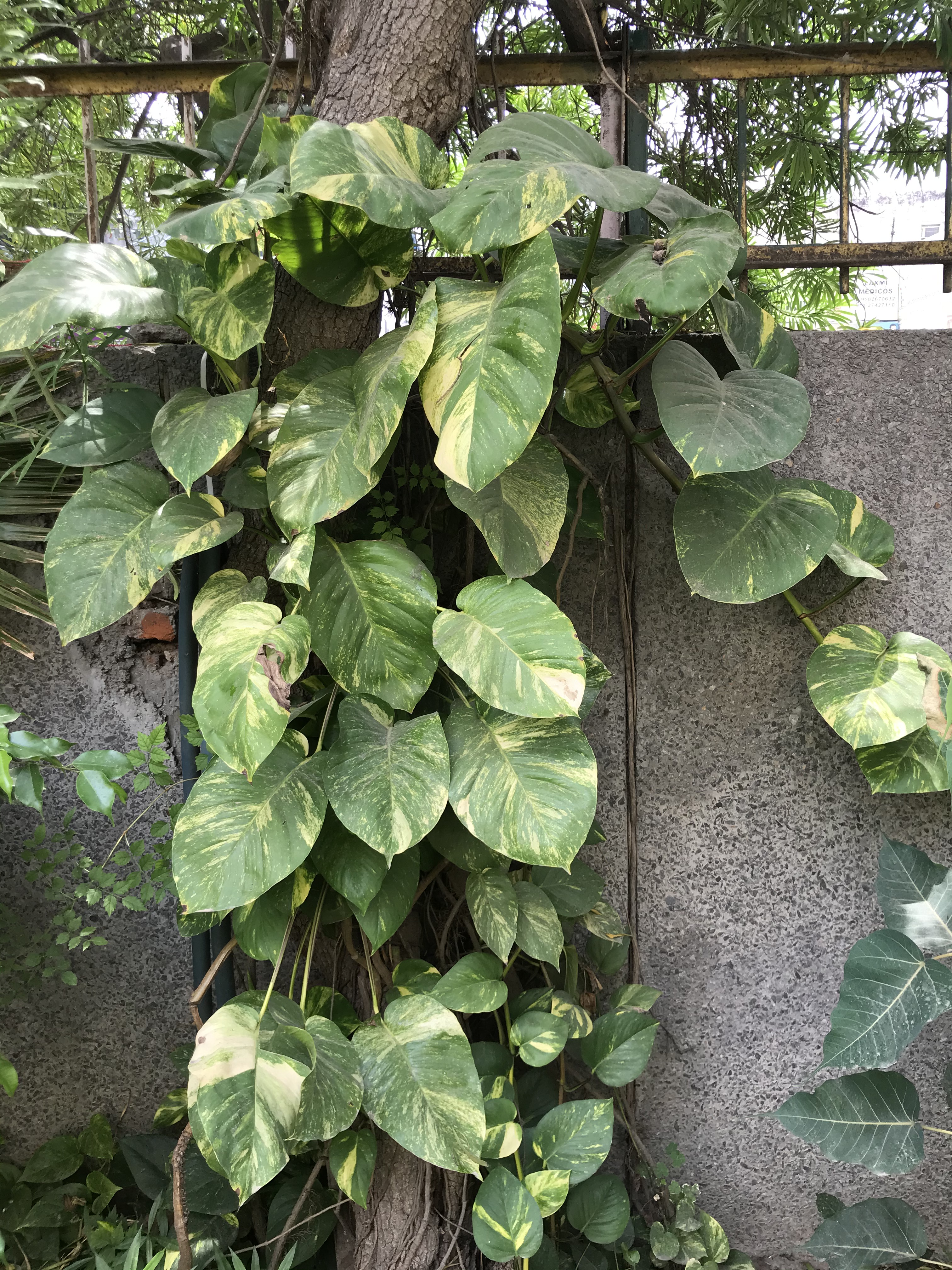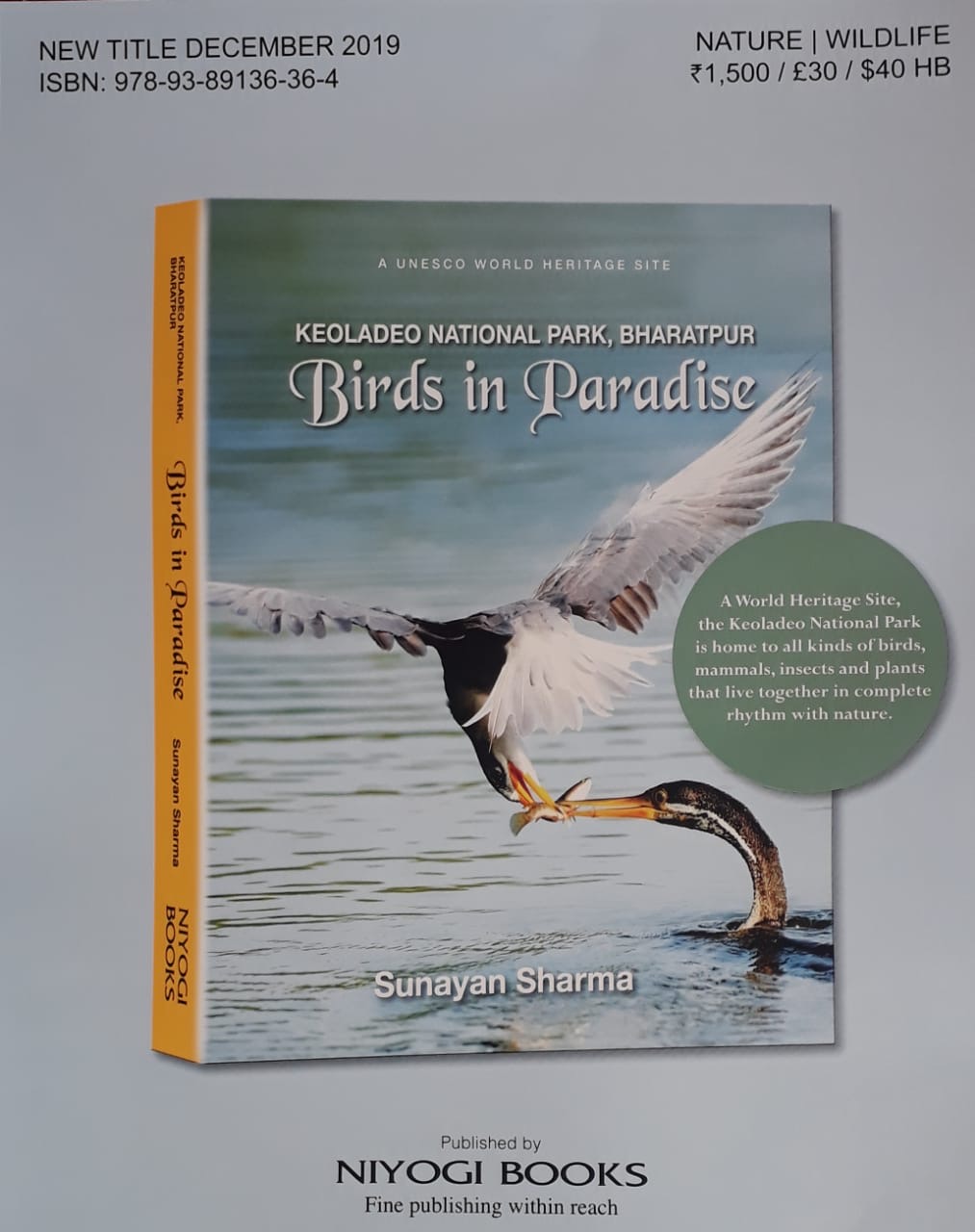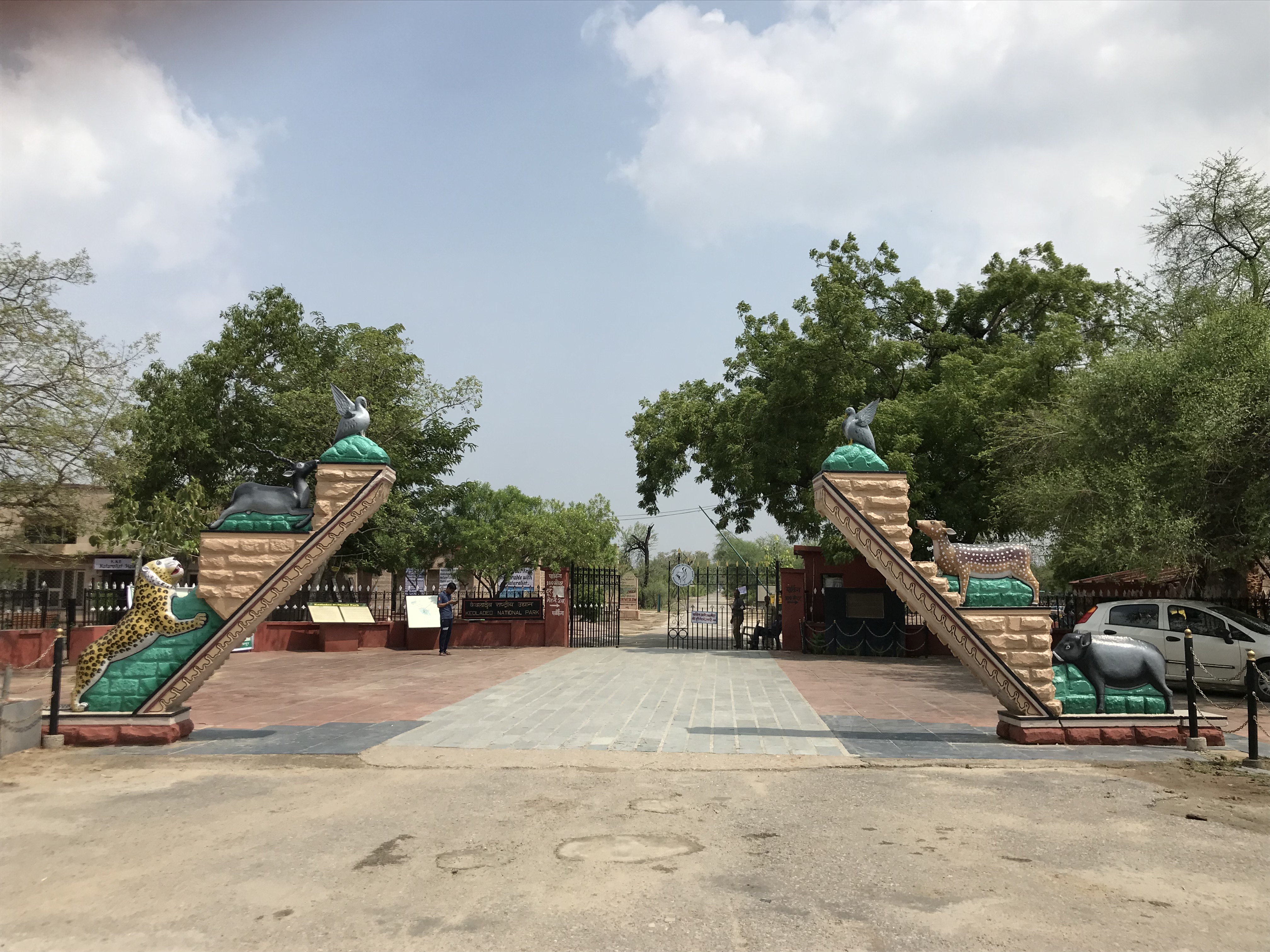
SARS-CoV-2 Illustration by Pixabay (taken from The Print)
I have been avoiding writing in my blog about the present monster, which has cowed down even the mightiest! In my first post on the subject on Facebook, I have written,
Covid 19!
Ya, a new wild creature!!
What’s new?
Sher Kay Puttaro Ka Bhi Payshab Nikal Gaya. Chhupna Pad Raha Hai! (Even the people who used to call themselves son of lion are nervously pissing in their pants. They have to hide now.)
Ya, nature is taking revenge –
Tum eke maronge, MAIN SO MAROONGI!
(If you destroy one of us, we will destroy 100s of you.)
I have been reading in ‘What’s App’ and other social media postings, visual media, newspapers and online several horrifying, alerting, conflicting and confusing things about Corona. I have been avoiding sharing of any Corona related rumour, true, false, made-up or blame-game stories, half-baked research, etc. What has made me take more interest in the whole issue is the animal angle to the development.
Restrictions have happened so suddenly that I too accepted lockdown like a faithful Indian. I have taken this as national duty. As days pass, I start thinking. What’s what? To begin with, I thought, COVID 19 virus must be a micro-organism. Somebody said, ‘it is a protein’! I have not been able to believe that some protein can do such havoc! My son takes spoonful of it daily after workouts! I decide, let me learn my COVID alphabets.
To begin with, to me, Corona sounds like Hindi word, Karona (Do something!). But I discover this name is not any Tom’s fancy. There have been whole lot of scientific deliberation and thought in finalising the name. It is like naming a new born baby in India. First thing most parents, rather grandparents do is to consult a pundit and get the child’s Janampatri made. The pundit will suggest a name as per the stars in the Janampatri, like Lachhu, Ram, Shiv, Takhat, Rotu or Guddiya, Rani, Sita, Durga… Over the period of time, people started rebelling against this culture and in the bargain got a concession i.e. some flexibility in naming a child. Pundit tells them the first key letter of the name and one can find a name of their liking with that first letter.
In the case of Coronavirus (and for that matter any new virus), World Health Organisation (WHO) is the grandparent and the pundit is International Committee on Taxonomy of Viruses (ICTV). I am quoting WHO here – ‘ICTV announced “severe acute respiratory syndrome coronavirus 2 (SARS-CoV-2)” as the name of the new virus on 11 February 2020. This name was chosen because the virus is genetically related to the coronavirus responsible for the SARS outbreak of 2003. While related, the two viruses are different.’ WHO announced “COVID-19” as name of the new disease.[1]
I read lot of articles, but it is not clear whether the virus is an organism or merely a protein. There is tons of material on COVID, but nothing in simple words on what SARS-CoV-2 is?
I generally avoid using Wiki quote, but here I find that it has used several important sources to define the virus as ‘A positive-sense single-stranded RNA virus (or (+)ssRNA virus) is a virus that uses positive sense single stranded RNA as its genetic material. The positive-sense viral RNA genome can serve as messenger RNA and can be translated into protein in the host cell. Positive-sense RNA viruses account for a large fraction of known viruses, including many pathogens such as the hepacivirus C, West Nile virus, dengue virus, SARS and MERS coronaviruses, and SARS-CoV-2 as well as less clinically serious pathogens such as the rhinoviruses that cause the common cold.’[2]
I am sorry this cannot be called simple. But in the process, I learn that a disease as common as common cold is caused by Rhino Virus. Am I reading it correctly, RHINO?
And generally, to know more about viruses, one good source I find is Microbiology Society website. It tells us, “Viruses are the smallest of all the microbes. They are said to be so small that 500 million rhinoviruses could fit on to the head of a pin. They are unique because they are only alive and able to multiply inside the cells of other living things. The cell they multiply in is called the host cell. A virus is made up of a core of genetic material, either DNA or RNA, surrounded by a protective coat called a capsid which is made up of protein. Sometimes the capsid is surrounded by an additional spikey coat called the envelope. Viruses are capable of latching onto host cells and getting inside them.”[3]
In the beginning, there have been stories on social media, suggesting bats as culprit for spread of Covid 19. I foolishly brush aside such stories, thinking, “what nonsense, people have got used to blaming animals for all viruses, Bird Flu, Swine Flu, Dengue…”
But it seems I am wrong. A Wiki articles outlines, “It is believed to have zoonotic origins and has close genetic similarity to bat coronaviruses, suggesting it emerged from a bat-borne virus. An intermediate animal reservoir such as a pangolin is also thought to be involved in its introduction to humans.”[4]
According to a related institution (ECDC) of European Union, ‘Coronaviruses are viruses that circulate among animals with some of them also known to infect humans. Bats are considered natural hosts of these viruses yet several other species of animals are also known to act as sources. For instance, Middle East Respiratory Syndrome Coronavirus (MERS-CoV) is transmitted to humans from camels, and Severe Acute Respiratory Syndrome Coronavirus-1 (SARS-CoV-1) is transmitted to humans from civet cats.’[5]
I am wondering would there be any taker in India for bat, rat, cat… I have my doubts. Even the hard core non-vegs would be repelled. But I know for sure, Chinese can take it all. They can go to the extent of drinking ‘Tiger Penis Soup’! This is not a joke. I am saying this in all seriousness.
I vividly remember. It is twenty years of Project Tiger in 1992. India is holding an international conference on tigers. I have been closely associated with the Project Tiger in preparing related books and booklets and participating in the conference. During an international participants’ session, one Chinese delegate makes a presentation and described his community as “we eat everything on four legs except chair and table!” How true. They eat pangolin (OMG)! It’s not easy to see pangolin in forest. Even, I have seen only twice in my whole life.
I really do not know, whom to blame. But I am not happy saying, ‘Thik Hai’. It is now twenty April of twenty twenty. It has been pretty long, close to a month, being struck at home! I have been talking to acquaintances, relatives and friends. Only common thing I notice in all of them is fear and more fear. What I make out, it seems some people are trying to miss a breath or two, fearing Corona may not enter. Log Jite Ji Mar Rahen Hain (People are dying alive!)
Many of us live in gated societies. There are no outsiders allowed. Lanes and parks are empty. I raise this question, with many, ‘what’s the harm in taking a walk with all the prescribed precautions e.g. sanitiser, face mask, social distancing…?’ People murmur, rules, indiscipline, safety…. I say, ‘Tel lene gaiya’ (hell with all that).
One of my cousins lives in the same society where I live. His house is less than 100m away. They have been virtually unexposed for about a month and so we have been. I suggest to him we can all meet, and drink and dine together. He is shocked, ‘No way’. I try to reason with him. I tell him we have more dangerous (if you want to call it so, though I do not) social interaction happening day in and day out – grocery, vegetable and milk shopping. Nothing doing, ‘Safety first’, my cousin insists.
I am sure relationships must be at stake. Are boy and girl friends just doing flying kisses? Are husband and wife sleeping on twin beds instead of double bed? Are neighbours fighting maintaining two metre unsocial distance? Are politicians confused, ‘should I curse Modi or praise him?’
All said and done, Chhua Chhat hamare desh main unofficially chalta hai. Magar ab sub official hai. Or had to yah ho gai ki, log maid ya sweeper ko chhuna to kaya dekhna bhi nahi chaha rahain hain. Hai Bhagwan, ye kaya kar dala. Hai bhagwan, or kaya dikhayega. Lagta hai, Corona kay dar say hi mar dalega. (Untouchability has been practised in India unofficially. But now this is all official. What to say of touching a maid or sweeper, people even do not want to see them. Hai, God, what have you done. Hai, God, what more will you do. Seems, you will kill many with fear of Corona.)
Pushp Jain
(PS: I have presented here brief findings, with sources. I am concerned that facts should be facts, without any colour, in all seriousness.)
[1] https://www.who.int/emergencies/diseases/novel-coronavirus-2019/technical-guidance/naming-the-coronavirus-disease-(covid-2019)-and-the-virus-that-causes-it
[2] https://en.wikipedia.org/wiki/Positive-sense_single-stranded_RNA_virus
[3] https://microbiologysociety.org/why-microbiology-matters/what-is-microbiology/viruses.html
[4] https://en.wikipedia.org/wiki/Severe_acute_respiratory_syndrome_coronavirus_2
[5] https://www.ecdc.europa.eu/en/covid-19/questions-answers
















